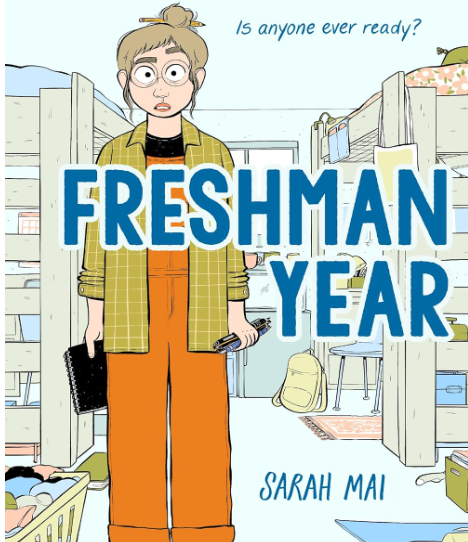One of the readings this week came from A Guide to Academic Writing. This chapter was about reading and writing in the humanities. Throughout the reading, I was able to learn the common elements of structure, language, and reference in the humanities and understand them on a deeper level.
Regardless of the type of writing, structure is something which is extremely important. One of the main elements of structure for writing in the humanities comes from the argument. Arguments are structured to be thesis-driven; meaning that they make an interpretive claim about a text and then support the claim with specific evidence from the text and sometimes material from other sources that support their interpretation. This is different from writing in the social and natural sciences, as they are driven by a hypothesis that is requires testing and provides for a different kind of structure. In addition to this element of structure, writing in the humanities includes structure elements that include titles, paragraphs, and transitions. For instance, authors create titles that reflect the value of artistic and creative use of language. Additionally, paragraphs are connected through transitional words and phrases that guide readers through the parts of an argument and help them understand how one paragraph connects to the other.
When it comes to language in the humanities, one that is creative or playful is often used. For instance, an author might use figurative language and rhetorical devices. Overall authors choose precise and sometimes artistic language that not only conveys information, but also engages in rhetorical activity of its own. Additionally, writing in the humanities favors the use of the active voice instead of the passive voice. This is because the active voice clearly states the subject of the sentence, the agent, as the person or thing doing the action. Lastly, authors use the technique of hedging to allow for other interpretations of and perspectives on texts.
References are used in the humanities to establish what the focus and stance of their own research will be. Furthermore, when work of other scholars is cited, the authors show how their research contributes to ongoing conversations about a subject. These references overall allow for strengthening of the argument and direct support of it because it is showing how another scholar had a similar idea. When citing this references, MLA or CMA format are usually used.
Towards the end of this chapter, there is a student sample paper in which these elements of structure, language, and references can be exemplified. For instance, the student provides a thesis, that is clearly stated and provides a preview that allows the reader to understand how her paper will develop. Along with this, transitions are used between the student’s paragraphs, which organize her ideas and connect all of her different ideas. Additionally, the student uses the active voice, which allows her to clarify who is doing what in her sentences. Lastly, when the student cites her source, she uses MLA format.
